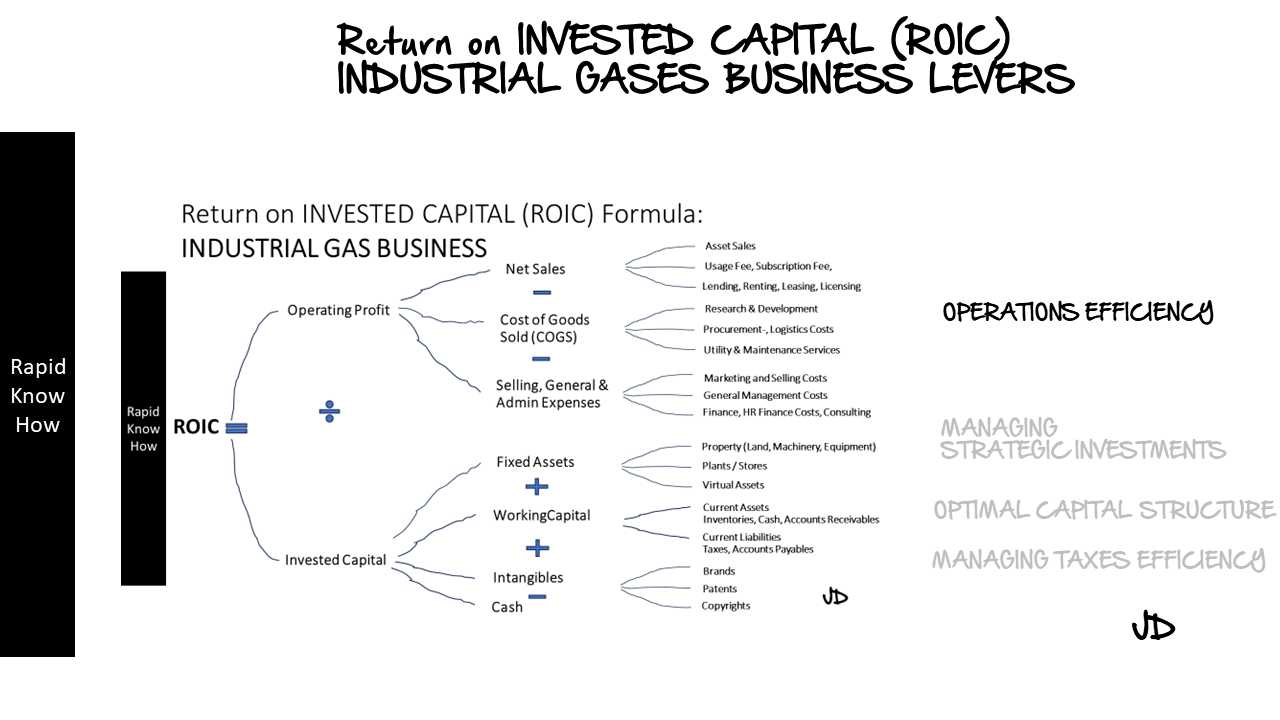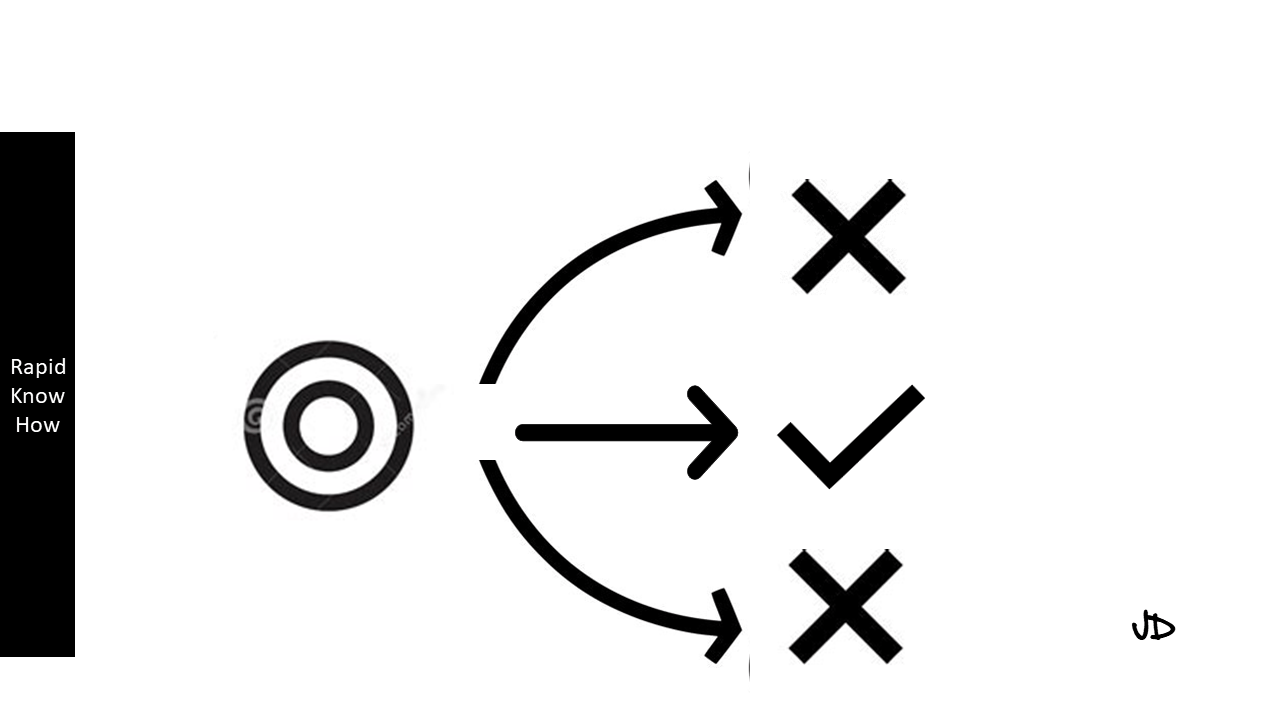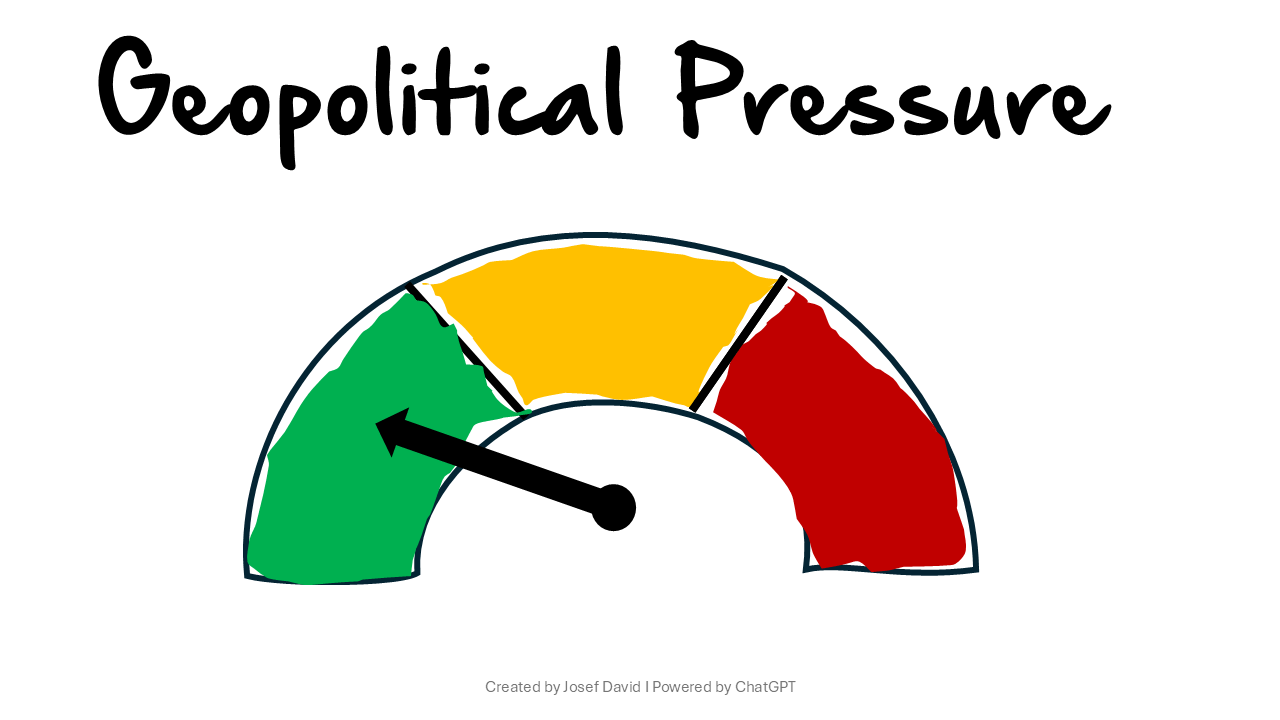RapidKnowHow > Assessing the different Business Growth Options > Organic Growth > Merger & Acquisitions > Market Expansion > Rank : Lowest Risk > Highest Return on Investment
When assessing different business growth options such as Organic Growth, Mergers and Acquisitions (M&A), and Market Expansion, it’s important to consider both the risk involved and the potential return on investment (ROI).
Below is an analysis of these options based on the criteria of risk and ROI, concluding with a rank from lowest risk to highest return.
1. Organic Growth
- Definition: This involves expanding the business using its existing resources and capabilities without taking on major external partnerships or acquisitions.
- Risks: Generally considered the lowest risk. The business utilizes its established customer base and operational strengths. Growth is usually gradual and relies on existing strategies, products, or market penetration.
- Return on Investment (ROI): The ROI can be moderate since growth is often slow but steady. Investments are more predictable, and businesses can better control their growth trajectory.
- Conclusion: Lowest Risk, Moderate ROI.
2. Market Expansion
- Definition: This strategy involves entering new markets (geographical or new customer segments) with existing products or services.
- Risks: Higher risk than organic growth due to potential cultural differences, market dynamics, and competition. While existing products can be leveraged, success is not guaranteed in unfamiliar territories.
- Return on Investment (ROI): The potential for high ROI exists, especially if the new market is lucrative, but it is coupled with a significant risk that could lead to losses if the expansion does not meet expectations.
- Conclusion: Moderate Risk, Potentially High ROI.
3. Mergers and Acquisitions (M&A)
- Definition: This involves merging with or acquiring another company to achieve growth (either in market share, resources, or capabilities).
- Risks: Generally carries the highest risk. Factors include integration challenges, culture clashes, and potential overvaluation of the acquired company. M&A deals can fail if synergies don’t materialize.
- Return on Investment (ROI): Depending on proper execution, the ROI can be very high, particularly if the acquisition significantly increases market share or reduces costs. However, many mergers fail to achieve anticipated financial benefits, leading to a risky outlook.
- Conclusion: Highest Risk, Highest Potential ROI.
Summary of Rankings
Considering the above analysis, the ranking from Lowest Risk to Highest Return on Investment would be as follows:
Organic Growth:
- Lowest Risk
- Moderate ROI
Market Expansion:
- Moderate Risk
- Potentially High ROI
Mergers and Acquisitions:
- Highest Risk
- Highest Potential ROI
Final Considerations
- Strategic Fit: Each option should be evaluated not just on its own merits but also based on how well it aligns with the company’s overall strategy, market environment, and capabilities.
- Execution: The successful implementation of whichever growth strategy is chosen is critical; thorough market research, planning, due diligence, and risk management practices should be in place to optimize outcomes.
- Long-term View: Business leaders should consider the long-term implications of the chosen growth strategy, both in terms of strategic fit and sustainability.
In business growth strategy evaluations, weighing the balance of risk versus potential return is crucial and will ultimately guide decision-making.





